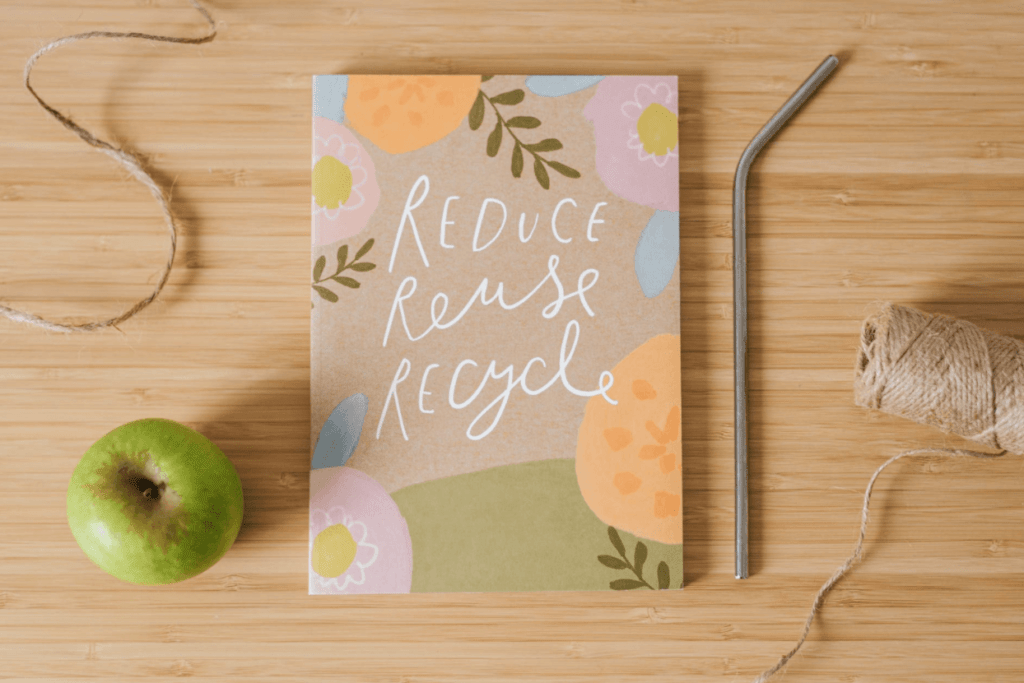The global plastic problem has long-been contributing to the effects of global warming, and environmental degradation. As consumers, we tend to look for sustainable alternatives to otherwise plastic materials, and we are making conscious choices to go for greener options.

However, businesses are only starting to pick up on sustainability practices, and not all packaging options are as green as they claim to be. Kick out your plastic habit, and opt for these six packaging ideas instead for a surefire way to jumpstart your sustainability!
1. Aluminum Water Bottles
We start with the most iconic plastic product out there: plastic water bottles! Water bottles don’t have many alternatives as glass easily breaks, reusable containers may not be sanitary, and lugging around a gallon of water on your hike just isn’t practical.
However, there is a material that provides all the functionality of plastic water bottles, without bringing harm to the environment. Aluminum water bottles provide the same leak-proof properties of plastic, while being lightweight, sanitary, and resealable. Unlike plastic bottles, however, aluminum bottles do not leach harmful chemicals, and are completely recyclable!
Aluminum water bottles are becoming increasingly popular with restaurants, sporting events, and theme parks as they are customizable, food-safe, and unique! Check out My Own Water for your own supply of aluminum bottled water: www.myownwater.com/aluminum-water-bottles.
2. Pasta Straws
The straw revolution got consumers rethinking their straw usage when a viral video came out of a turtle getting a straw stuck in its airways. This video got people to realize the effects of their single-use consumerism when it comes to non-biodegradable, unnecessary, and harmful materials.
Yet, we can’t seem to let go of straws. There are individuals who may require straws to eat, and straws make it easy for kids to drink without spilling their beverages. Paper straws dissolve in liquids, however, and you probably haven’t used that reusable metal straw since you bought it. Instead, reach for straws made of pasta that are durable, safe, and biodegradable!
3. Reusable Zipper Pouches
Zipper pouches come in handy for when you need to store your food in a sealed container, making sure that the seal is air-tight and waterproof; but the single-use, disposable zipper pouches available on the market are causing environmental degradation as they contain more plastic than regular plastic bags due to the zip mechanism.
Instead of packaging your cookies or snacks in disposable plastic zipper pouches, consider investing in reusable silicone zipper pouches that you can reuse for other purposes around the house. Customers buying your pastries will love your sustainability efforts, and enjoy using the leak-proof, food-safe silicone pouches as well.
4. Paper Bottles
Aluminum, stainless steel, and tin bottles have been known as the sustainable alternatives to cosmetic bottles, but some cosmetic formulas may react with the metals, requiring an inner lining of plastic to act as a barrier anyway. Glass bottles break easily, and are difficult to recycle. Plastic bottles make great packaging, but are detrimental to the environment.
Paper bottles are the latest in sustainable cosmetic containers as these bottles are made with thickened recycled or unbleached paper pulp, and may or may not be lined with eco-friendly wax to keep the bottle waterproof. At the end of its useful life, the bottles are recycled, composted, or are disposed of as they are biodegradable.
5. Upcycled Glass Jars
While glass may not be portable, they are great for storing dry goods in your home pantry! Glass jars are some of the most sustainable materials as glass is endlessly recyclable, and can be used to hold a plethora of goods from food to cosmetics. Glass jars can be upcycled as plant pots, art supplies, or simply as containers for dry goods.
However, glass is easily shattered, so take considerations when packaging food in glass for shipping. You may need to cushion the glass container for transport, but otherwise, glass is a great alternative to nearly any type of plastic packaging.
6. Minimalist Print
Sometimes, what you need to start your sustainability practices is not by changing your packaging materials, but simply minimizing the amount of materials you need. Printer ink can be toxic to wildlife, and can leach harmful chemicals into the water and soil when wet.
Remove any unnecessary embellishments on your packaging, and choose to go for as minimal prints as possible. This way, your consumers can easily compost or recycle your packaging to minimize its effects on the environment.



